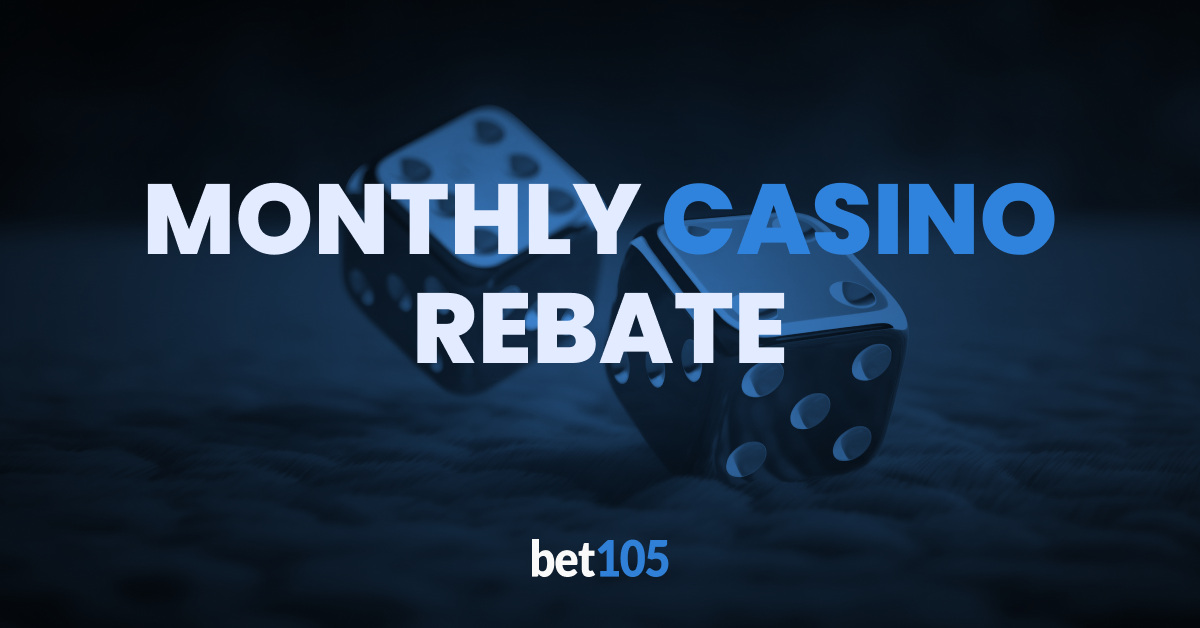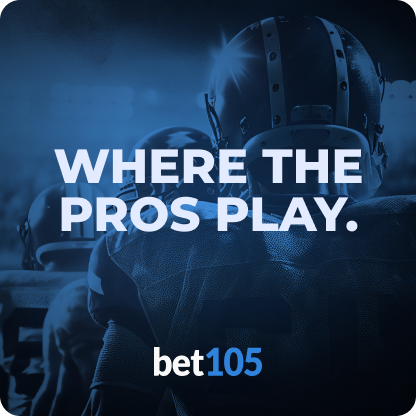Comprehensive Guide to Understanding Betting Odds
For anyone involved in sports betting, understanding betting odds is essential. Odds are not just numbers displayed on a

For anyone involved in sports betting, understanding betting odds is essential. Odds are not just numbers displayed on a sportsbook—they represent the probability of an event occurring and determine the potential payout of a wager. Whether you’re a beginner or an experienced bettor, knowing how to read and calculate odds is key to making informed betting decisions.
Different regions and sportsbooks use various formats to display odds, including decimal, fractional, and American (moneyline) odds. While the presentation may differ, the underlying principle remains the same: odds reflect the implied probability of an outcome and dictate how much you stand to win. This guide will break down the most common types of betting odds, how to convert them, and how professional bettors use them to gain an edge.
Types of Betting Odds
While sportsbooks may display odds differently, they all serve the same function. The three most common formats are:
Decimal Odds (Popular in Europe, Canada, and Australia)
Decimal odds are straightforward and easy to calculate. The number shown represents the total payout per unit wagered, including the initial stake.
For example, if a team has odds of 2.50, a $100 bet would return $250 (100 × 2.50), including a $150 profit.
Formula to calculate profit:
Profit = (Stake × Decimal Odds) – Stake
Fractional Odds (Common in the UK & Ireland)
Fractional odds are expressed as fractions, such as 5/2 or 3/1. The first number represents the profit you would make per unit wagered, while the second number is your stake.
For instance, with odds of 5/2, a $100 bet would yield a $250 total return (100 × 5/2 = 250), including a $150 profit.
Formula to calculate profit:
Profit = (Stake × Numerator) / Denominator
American Odds (Moneyline Odds) (Used in the US)
American odds are displayed as either positive or negative numbers.
- Positive odds (+200, +150, etc.): Indicate how much profit you would make on a $100 bet.
- Negative odds (-150, -200, etc.): Indicate how much you need to wager to win $100.
For example, +200 means a $100 bet wins $200, returning a total of $300. A bet at -150 means you must wager $150 to win $100.
Conversion Formulas:
- To convert fractional to decimal: (Numerator / Denominator) + 1
- To convert American to decimal:
- If positive: (American Odds / 100) + 1
- If negative: (100 / Absolute Value of American Odds) + 1
How to Interpret Betting Odds and Implied Probability
Odds do more than determine payouts; they reflect the implied probability of an event occurring. Sportsbooks set odds based on their calculations of a team’s or player’s chances of winning, often adjusting them due to betting activity.
The formula to calculate implied probability is:
- Decimal Odds: (1 / Decimal Odds) × 100
- Fractional Odds: (Denominator / (Numerator + Denominator)) × 100
- American Odds:
- If positive: 100 / (American Odds + 100) × 100
- If negative: Absolute Value of American Odds / (Absolute Value of American Odds + 100) × 100
For example, decimal odds of 2.00 imply a 50% chance of winning, while fractional odds of 4/1 imply a 20% chance. Understanding these probabilities allows bettors to assess whether a bet provides value.
The Role of Betting Odds in Finding Value Bets
Smart bettors don’t just place wagers based on gut feeling—they look for value bets, which occur when the implied probability of an outcome (as set by the sportsbook) is lower than the bettor’s own calculated probability.
For example, if a sportsbook gives a team 3.00 odds (implying a 33.3% chance of winning), but your research suggests they have a 40% chance, this is a value bet. Over time, consistently betting on such opportunities leads to profitable betting strategies.
Professional bettors often use odds comparison tools to find the best value across multiple sportsbooks. Additionally, reduced-juice sportsbooks, like Bet105, offer better odds by lowering the bookmaker’s margin, maximizing long-term profitability.
Why Bet105 Offers the Best Odds for Crypto Bettors
At Bet105, we specialize in providing reduced juice, meaning our odds have lower margins, giving bettors better returns compared to traditional sportsbooks. Unlike standard sportsbooks that take a higher cut from each wager, we focus on offering the most competitive odds in the industry.
Our crypto-only betting platform ensures fast, seamless, and anonymous transactions, eliminating banking restrictions and allowing for instant deposits and withdrawals. With a modern, user-friendly interface and a commitment to fair betting practices, Bet105 is the ideal platform for serious sports bettors looking to maximize their winnings.
Start betting with the best odds and lowest margins today by visiting Bet105 and experience the future of crypto betting!
Frequently Asked Questions
Q: Why do different sportsbooks offer different odds?
A: Each sportsbook sets its odds based on internal algorithms, market activity, and betting volume. Some sportsbooks adjust their odds more frequently than others, which is why odds shopping is important.
Q: Which odds format is the best?
A: No format is superior; it depends on personal preference. Decimal odds are the easiest to understand, while fractional odds are common in horse racing, and American odds are used in the US market.
Q: What are reduced-juice odds?
A: Reduced juice means the sportsbook takes a smaller cut (or vigorish) from bets, allowing bettors to get better payouts. Bet105 is known for its reduced-juice model, offering some of the best odds available.
Q: How do I know if a bet offers value?
A: Calculate the implied probability of the odds and compare it to your own analysis of the event’s likelihood. If your probability is higher, it’s a value bet.
Q: Why is Bet105 ideal for crypto bettors?
A: Bet105 offers a crypto-only betting experience, meaning fast deposits, anonymous transactions, reduced juice, and the best odds for maximizing profits.











